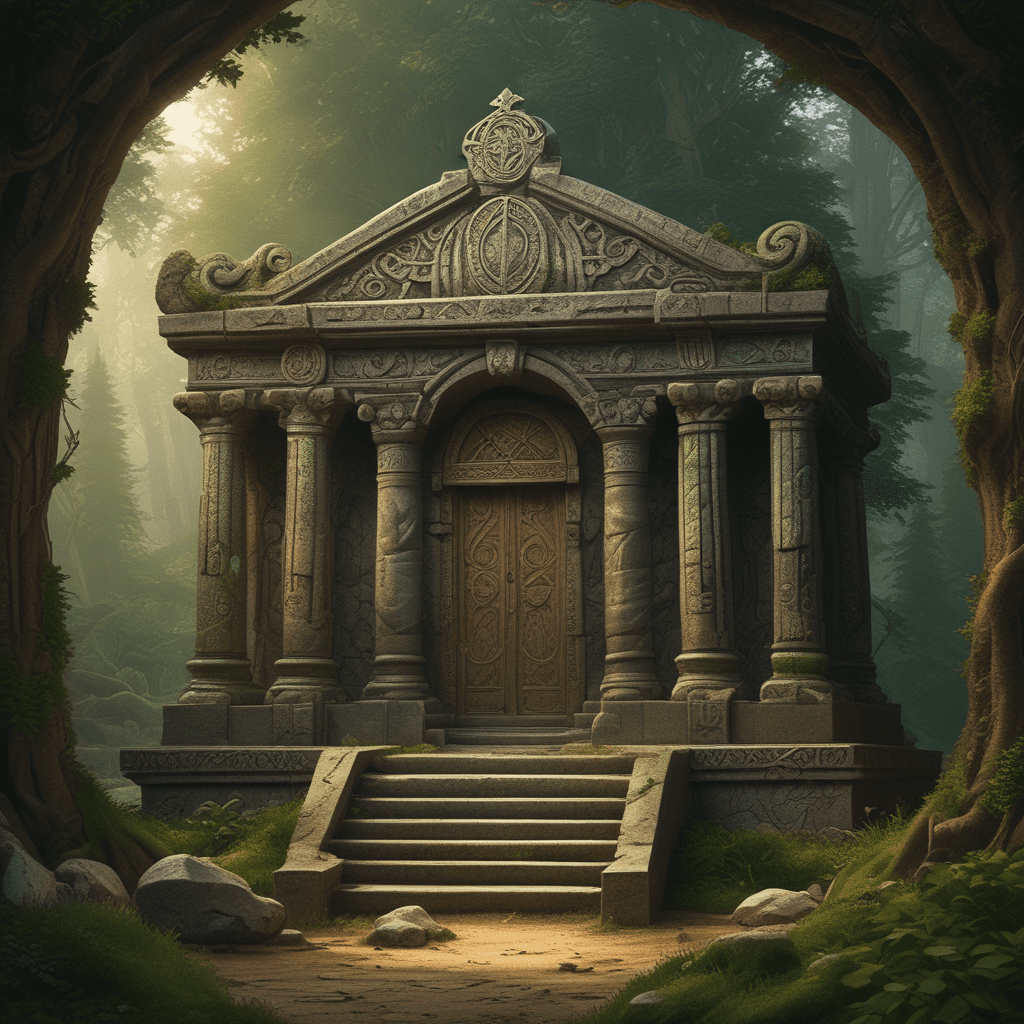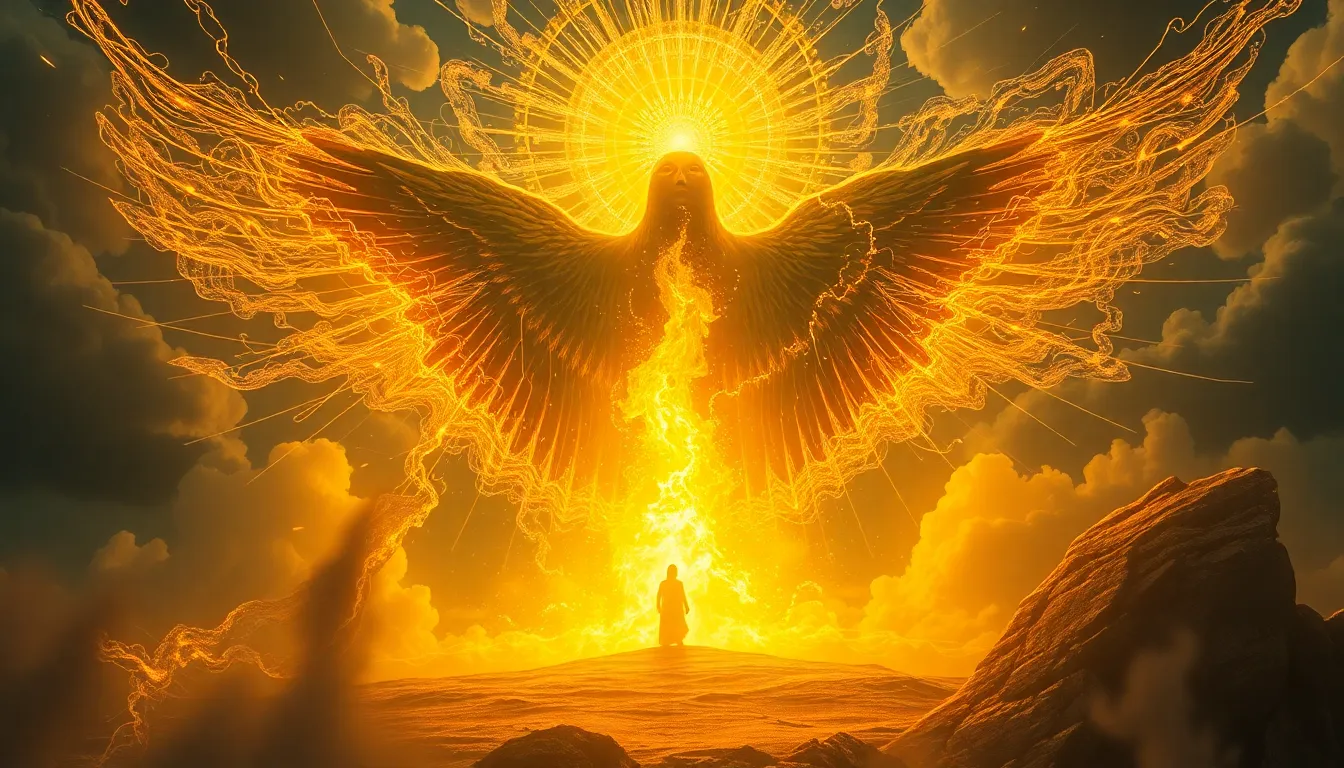1. Introduction: The Enigmatic Inca Empire
Nestled amidst the majestic Andes Mountains, the Inca Empire captivated the world with its splendor and ingenuity. Arising from humble beginnings, the Incas established a vast empire that spanned thousands of miles, leaving an indomitable legacy that continues to fascinate modern-day explorers and scholars alike.
2. The Rise of the Inca: From Humble Origins to Imperial Expansion
The Inca civilization emerged in the Peruvian highlands around the 13th century. According to legend, the first Inca ruler, Manco Capac, emerged from Lake Titicaca accompanied by his siblings, Mama Ocllo and Pachacuti. Guided by the sun god Inti, they founded the city of Cusco, which became the heart of the Inca Empire.
3. The Sun God and the Inca Religion: The Foundation of Inca Society
The Inca civilization was deeply rooted in the worship of the sun god Inti. The Inca believed that they were the chosen people of Inti and that their rulers were direct descendants of the sun god himself. Religious ceremonies and rituals permeated every aspect of Inca life, from birth to marriage to death.
4. Cusco: The Sacred Capital City of the Incas
Cusco, the capital of the Inca Empire, was considered the center of the world. It was a meticulously planned city with palaces, temples, and storehouses arranged in a precise grid pattern. The most sacred site in Cusco was the Coricancha, the Temple of the Sun, where the Incas mummified their emperors and stored their vast wealth of gold and silver.
5. The Inca Road System: A Monumental Infrastructure Marvel
The Inca Empire was renowned for its extensive road system, which connected Cusco to far-flung parts of the empire. These roads were engineering marvels, built with precision and designed to withstand the treacherous terrain of the Andes. The Inca road system facilitated trade, communication, and the movement of troops, enabling the empire to maintain control over its vast territory.
6. Machu Picchu: The Lost City of the Incas
Hidden amidst the clouds of the Andes, Machu Picchu is one of the most iconic archaeological sites in the world. Perched on a narrow ridge high above the Urubamba River, Machu Picchu was built in the 15th century as a royal estate for the Inca emperor Pachacuti. The city was abandoned just a century later, after the Spanish conquest, and remained hidden from the outside world for centuries. Today, Machu Picchu is a UNESCO World Heritage Site and one of the most popular tourist destinations in South America.
7. The Inca Empire at its Peak: A Golden Age of Prosperity and Conquest
Under the rule of Emperor Pachacuti and his successors, the Inca Empire reached its zenith of power and prosperity. The empire expanded rapidly, incorporating vast territories and subjugating numerous indigenous tribes. The Incas imposed their religion, language, and administrative system on their conquered subjects, creating a highly centralized and efficient empire. This golden age was marked by architectural marvels, advancements in astronomy, mathematics, and metallurgy, and a thriving arts and crafts industry.
8. The Spanish Conquest and the Fall of the Inca Civilization
The arrival of Spanish conquistadors in the 16th century marked the beginning of the end for the Inca Empire. Led by Francisco Pizarro, a small band of Spaniards exploited divisions within the Inca nobility and used their superior technology to conquer the empire within a few decades. The last Inca emperor, Atahualpa, was captured and executed, and the empire was divided among the Spanish conquerors.
9. The Legacy of the Incas: Enduring Traditions and Cultural Influence
Despite the fall of their empire, the legacy of the Incas continues to endure. Many of their cultural traditions, such as the weaving of textiles, the cultivation of quinoa and potatoes, and the use of the Quechua language, are still practiced by indigenous communities in the Andes today. The Inca road system remains in use, and their architectural techniques are still admired for their ingenuity and durability.
10. Exploring the Inca Legends Today: Archaeological Discoveries and Modern Interpretations
The Inca Empire continues to fascinate archaeologists and historians, who are constantly making new discoveries about this enigmatic civilization. Excavations at Machu Picchu, Cusco, and other Inca sites have shed light on the empire's sophisticated urban planning, advanced engineering, and rich cultural heritage. Modern interpretations of Inca legends and myths offer insights into their spiritual beliefs, their understanding of the natural world, and their complex social hierarchy.
FAQ (Frequently Asked Questions)
Q: Who was the first Inca ruler?
A: According to legend, the first Inca ruler was Manco Capac, who emerged from Lake Titicaca accompanied by his siblings.
Q: What was the Inca capital city?
A: Cusco was the capital city of the Inca Empire.
Q: What was the name of the Inca sun god?
A: Inti was the Inca sun god.
Q: What is Machu Picchu?
A: Machu Picchu is a ruined Inca city built in the 15th century and rediscovered in the early 20th century.
Q: When did the Inca Empire fall?
A: The Inca Empire fell in the 16th century after the arrival of Spanish conquistadors.



